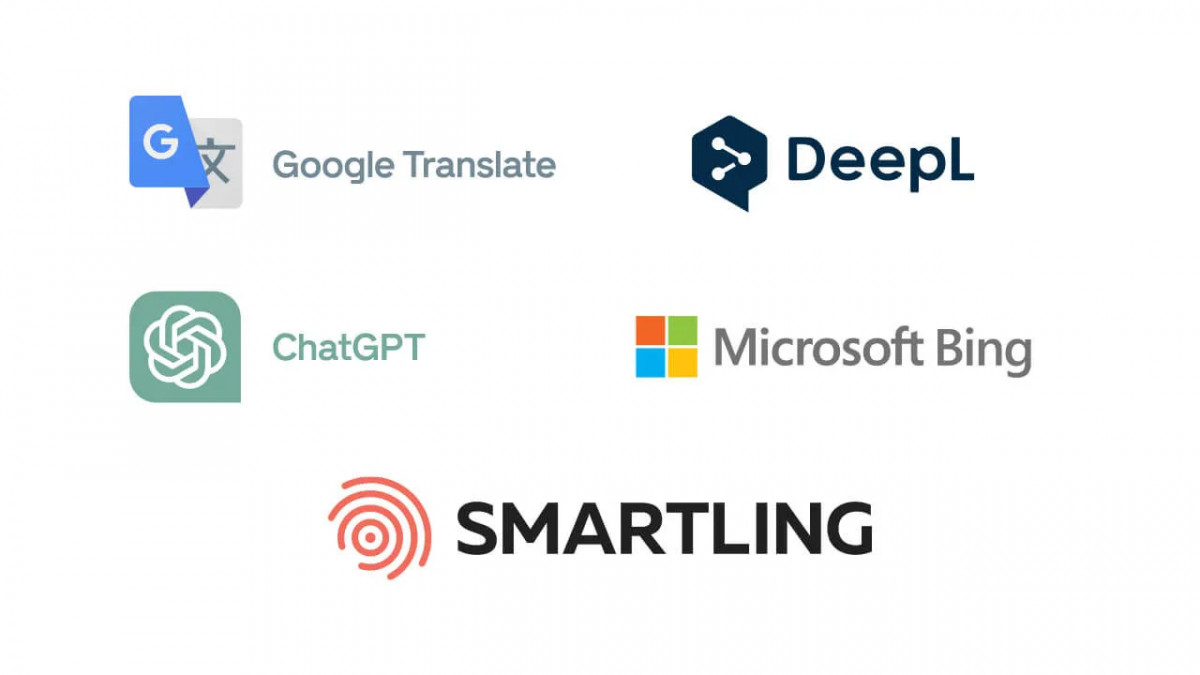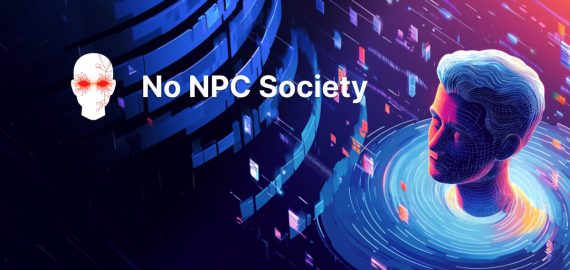The Future of AI Translation in 2024 Shows Unprecedented Accuracy but Faces Cultural Challenges


In Brief
AI technologies are revolutionizing language translation, with 32% of users expressing confidence in their ability to capture cultural subtleties, indicating significant technological advancements.

The field of language translation is seeing a shift due to the swift progress made in AI technologies. It’s evident that AI translations are a current reality that is changing how we interact across linguistic barriers, not simply a sci-fi idea.
An examination of a poll that was completed by more than 13,000 participants in 2023 and 2024 reveals intriguing changes in attitudes about the efficacy of translation tools driven by artificial intelligence. This year, just 32% of users believed that these technologies were inadequate in capturing cultural subtleties, down from 70.3% last year. This suggests substantial advancements in technology and a rise in trust for AI translation services.
Photo: lokalise
The Technology Driving AI Translation Advancements
The development of machine learning (ML), deep learning, and neural machine translation (NMT) is the main force behind the progress of AI translation technology. Together, these technologies enable increasingly accurate language analysis and translation. Specifically, NMT has become the most sophisticated type of machine translation by using deep learning models to understand language subtleties and context. Statistical or rule-based machine translation are examples of its antecedents; neural machine translation (NMT) can provide translations that are more accurate and human-like.
AI translation is a multifaceted and intricate process. The AI system performs a number of background operations when a user enters text for translation. First comes input processing, which involves cleaning and segmenting the text. The machine then determines the language’s provenance, frequently able to do so without the need for user input by identifying dialects and geographical differences.
Next comes the actual translation process, which makes use of NMT and other technologies to comprehend semantics and context. Ultimately, a post-processing phase polishes the translation for correctness and fluency while guaranteeing that it adheres to the grammatical and stylistic quirks of the target language.
A number of AI translation tools are leading this technological revolution as 2024 draws near. The frontiers of automatic translation are being pushed by platforms such as Phrase, DeepL, and even ChatGPT. For example, Phrase provides a full translation and localization platform that can be used to train bespoke machine learning models and interfaces with top machine translation providers.
With features like customizable glossaries and tone settings, DeepL has become more and more popular due to its accuracy and contextual relevance. Despite not being a translation tool per se, ChatGPT has demonstrated impressive multilingual text comprehension and generation skills.

Photo: Gelato
The benefits of translating text with AI are becoming more and more clear. With each translation, these algorithms get more precise as they learn from fresh data and are always improving. They are adept at employing context and handling information in an all-encompassing way to yield superior outcomes.
AI-powered translation systems can adjust to various styles and audiences with the correct cues, providing a degree of flexibility that was previously unattainable. Businesses may now more rapidly and affordably reach worldwide audiences because of AI translation’s unparalleled speed and scalability.
It’s still important to recognize the present drawbacks and difficulties with AI translation. Reliability and accuracy are still issues, especially when working with low-resource languages, idioms, specialist jargon, and cultural quirks. Large-scale initiatives that depend on translation memory and term bases may have problems due to limited integration with current translation procedures and tools. Since using AI translation services frequently requires exchanging potentially sensitive information with other providers, data privacy is another major problem.
The Effect on Scientific Publishing and the Translation Profession
There is a continuous discussion about how AI translation will affect the translation industry. Many professional translators see AI and automation as possible threats to their careers. There are concerns that human translators will only be needed to revise texts produced by machines and teach AI systems. The truth, though, is probably more complicated. AI is altering the nature of translation labor, but it’s also opening up new avenues for productivity.
AI translation systems are being incorporated into editorial processes in the academic and scientific publishing field, improving the process of sharing knowledge across linguistic borders. Nevertheless, human translators or other AI tools frequently double-check translations produced by machines, underscoring the continued significance of human knowledge in guaranteeing accuracy and upholding the integrity of scientific communication.
The inherent linguistic bias that exists in many systems is one of the biggest obstacles to AI translation. English, Spanish, Chinese, and French are examples of high-resource languages where the majority of NMTs and LLMs perform better. Because of this mismatch, translations into languages with fewer resources might be less accurate or culturally appropriate.
The dominance of English in the fields of science and technology is a reflection of past colonial trends and international power relations. Languages with smaller populations or less internet presence are therefore frequently underrepresented in the creation of AI translation technologies.
Particular difficulties arise in intellectual and scientific communication because of this language prejudice. The capacity to correctly translate research into and from a wide range of languages is vital for the worldwide dissemination of information, even if English continues to be the dominant language in many academic domains. It is imperative for the scientific community to acknowledge and address these inherent biases in order to prevent language obstacles from stifling important research.
AI Translation’s Future: A Hybrid Strategy
A hybrid approach that blends AI technology and human skill is probably where AI translation for academic and scientific publications will go in the future. This method takes use of AI’s speed and scalability while recognizing the benefits of both human and machine translation. It still depends on human judgment for cultural appropriateness, context, and subtleties.
A rising number of people are calling on tech companies to take a more inclusive approach to AI research in order to solve the existing limits of AI translation. To make sure translations are correct and devoid of contextual or cultural biases, this entails ongoing monitoring, algorithmic refinement, and the incorporation of varied datasets.
In an effort to increase the inclusivity and accessibility of language technology, there is also a growing focus on creating machine translation models for languages with limited resources.
There will be a lot of debate on the ethical issues facing AI translation. It is necessary to address concerns about permission, data privacy, and the possible environmental effects of large-scale AI systems. It is the duty of the academic and scientific community to discuss these moral issues and make sure that environmental sustainability, cultural sensitivity, or privacy are not sacrificed in the interest of effective international communication.
Disclaimer
In line with the Trust Project guidelines, please note that the information provided on this page is not intended to be and should not be interpreted as legal, tax, investment, financial, or any other form of advice. It is important to only invest what you can afford to lose and to seek independent financial advice if you have any doubts. For further information, we suggest referring to the terms and conditions as well as the help and support pages provided by the issuer or advertiser. MetaversePost is committed to accurate, unbiased reporting, but market conditions are subject to change without notice.
About The Author
Victoria is a writer on a variety of technology topics including Web3.0, AI and cryptocurrencies. Her extensive experience allows her to write insightful articles for the wider audience.
More articles

Victoria is a writer on a variety of technology topics including Web3.0, AI and cryptocurrencies. Her extensive experience allows her to write insightful articles for the wider audience.

















































